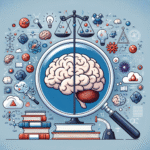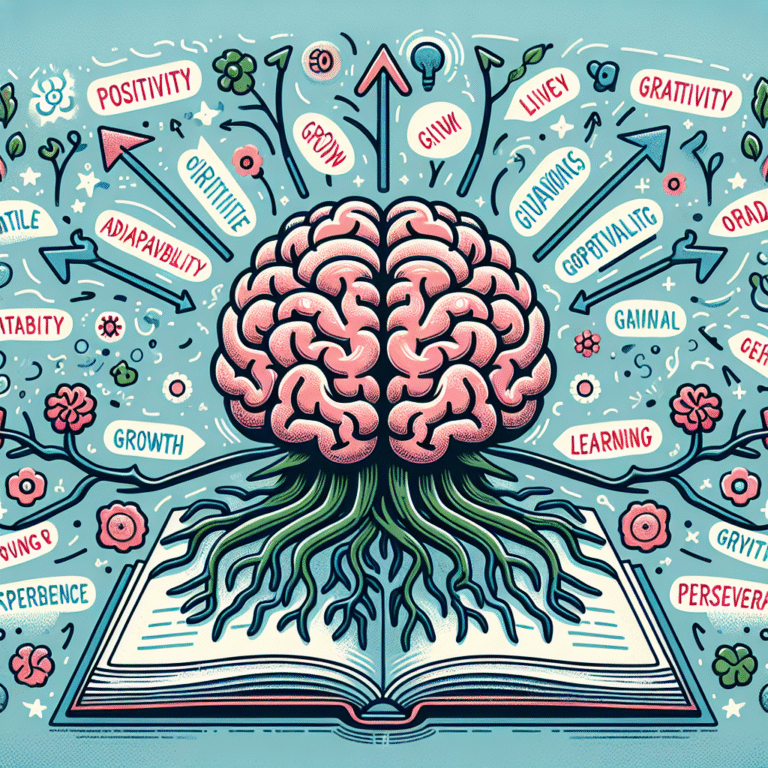
Introduction
Have you ever wondered how our brains process the immense amount of information we encounter every day? The remarkable systems behind our thoughts, decisions, and learning experiences are often more complex than we imagine. The Information Processing Model: A Blueprint for Human Cognition sheds light on these intricate processes, offering insights into how we perceive, interpret, and respond to information. This model not only enhances our understanding of human cognition but also equips us with powerful tools to apply this knowledge in real-world scenarios—from education to business.
In today’s fast-paced digital world, understanding how we process information has never been more vital. Whether you’re a student striving for better grades, a professional looking to enhance your skills, or simply someone interested in the nuances of human behavior, this article will delve deep into the Information Processing Model. Join us as we navigate this blueprint for cognition, exploring its components, implications, and real-world applications.
Understanding the Information Processing Model
The Information Processing Model: A Blueprint for Human Cognition helps demystify how we encode, store, and retrieve information. At its core, this model can be broken down into several key stages:
- Encoding
- Storage
- Retrieval
Each of these stages plays a critical role in how we process information, learn new concepts, and recall memories. Let’s explore each phase in detail.
Encoding: The First Step to Understanding
Encoding is the initial stage of the Information Processing Model where sensory input is transformed into a form that can be processed by the mind. This can occur through various senses—sight, sound, touch, etc. The more effectively we encode information, the better we can later retrieve it.
Case Study: The Role of Multi-Sensory Learning
Research has shown that multi-sensory learning—engaging more than one sense—significantly improves information encoding. For instance, students who listen to lectures while viewing relevant visuals tend to retain information better than those who rely solely on auditory input.
| Encoding Strategy | Sensory Engagement | Effectiveness |
|---|---|---|
| Visual + Auditory | High | Excellent Retention |
| Auditory Only | Moderate | Good Retention |
| Visual Only | Low | Poor Retention |
This case highlights the importance of incorporating various sensory elements in teaching methods to optimize learning, aligning perfectly with the tenets of the Information Processing Model: A Blueprint for Human Cognition.
Storage: Keeping Information Safe
Once information is encoded, it moves into the storage phase. This stage involves maintaining information over time, which can either be temporary or long-term.
Types of Memory Storage
- Sensory Memory
- Short-term Memory
- Long-term Memory
Sensory Memory holds information for a very brief period (milliseconds). It is then either discarded or moved to short-term memory, which can store information for about 20-30 seconds. If we rehearse this information, it can transition to long-term memory, often retained for years—even a lifetime.
Retrieval: The Key to Accessing Information
Retrieval is the process of accessing stored information when needed. Various factors can influence this process, including the method of encoding and the environmental context during recall.
Case Study: Cue-Dependent Forgetting
Research on cue-dependent forgetting illustrates how contextual cues can significantly aid retrieval. A classic experiment showed that divers who learned facts underwater recalled them better while submerged compared to when they were on land.
| Condition | Recall Performance |
|---|---|
| Underwater Learning | High |
| Land Recall | Low |
This case emphasizes the relevance of contextual cues in the Information Processing Model: A Blueprint for Human Cognition, demonstrating that the environment plays a vital role in our ability to recall information.
Implications in Real-World Applications
The Information Processing Model: A Blueprint for Human Cognition extends beyond theoretical understanding; it has profound implications in various fields:
Education
In educational contexts, understanding the Information Processing Model can lead to the development of effective teaching strategies that enhance learning and retention.
Example: Incorporating visual aids, interactive lessons, and regular assessments helps optimize encoding, storage, and retrieval.
Business
In business, this model can influence training programs, enhancing employee learning and performance outcomes by aligning training methods with cognitive processes that aid information retention.
Example: Incorporating simulations and role-playing into corporate training sessions can improve retention of important information among employees.
Mental Health
Therapeutic practices in psychology often utilize principles from the Information Processing Model to help individuals process traumatic memories and restructure negative thought patterns.
Example: Cognitive Behavioral Therapy (CBT) utilizes restructuring cognitive processes to change patterns of thought, showing the model’s relevance beyond mere academic understanding.
Enhancing Information Retention Strategies
Building on insights from the Information Processing Model: A Blueprint for Human Cognition, several strategies can improve retention rates in both personal and professional contexts:
- Chunking: Breaking information into smaller, manageable parts to aid memory retention.
- Repetition: Regularly revisiting information to strengthen memory pathways.
- Visualization: Using diagrams or mind maps to create visual associations.
Conclusion
The Information Processing Model: A Blueprint for Human Cognition provides invaluable insights into how we process the vast amounts of information we encounter every day. By understanding the stages of encoding, storage, and retrieval, we can apply this knowledge to enhance learning, improve memory, and design effective training strategies in various domains.
As you navigate through life’s complexities, remember that you have the tools to optimize your cognitive processes for better outcomes. Embrace this model, and leverage it to not just absorb information, but truly understand and utilize it in meaningful ways.
FAQs
1. What is the Information Processing Model?
The Information Processing Model is a cognitive framework that describes how we encode, store, and retrieve information. It simplifies the understanding of human cognition by breaking it down into manageable stages.
2. How can I improve my information retention?
You can enhance your retention through techniques such as chunking, repetition, and visualization. Engaging multiple senses during the encoding stage can also bolster memory.
3. Is the Information Processing Model applicable in education?
Absolutely! The model offers insights into effective teaching strategies, helping educators develop methods that optimize information retention among students.
4. How does this model relate to mental health?
In psychology, understanding cognitive processes can aid therapeutic practices, such as CBT, which helps individuals reframe negative thoughts and manage traumatic memories.
5. Can businesses use the Information Processing Model to train employees?
Yes! By utilizing techniques that align with cognitive processes, businesses can design training programs that enhance the learning and retention of important information among employees.
With these insights and strategies, you can leverage the Information Processing Model: A Blueprint for Human Cognition not only to improve your own cognitive abilities but also to enrich the learning experiences of those around you. Engage with this model, and you will discover a powerful resource that enhances every aspect of understanding and interaction in our information-rich world.















